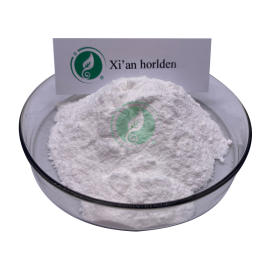Scientists have revealed that DNA re-methylation leads to abnormal development of sochi cell cloned embryos
-
Last Update: 2021-03-12
-
Source: Internet
-
Author: User
Search more information of high quality chemicals, good prices and reliable suppliers, visit
www.echemi.com
Recently, Professor Gao Shaorong and Professor Zhang Yong of Tongji University School of Life Sciences and Technology conducted a genome-wide DNA methylation group high-volume sequencing analysis of different developmental destiny somatic cell cloned embryos, studied in detail the reprogramming process of DNA methylation modification during the pre-bed development of mouse cloned embryos, and revealed that abnormal DNA re-methylation is a key obstacle to the abnormal development of cloned embryos after bed. The results, published online August 23 in Cell-Stem Cell
, found that the dynamic changes in DNA methylation of CpG bits during the early development of cloned embryos have the phenomenon of re-methylation, especially in the 4-cell period, the re-methylation process is the key factor leading to the cloning of embryos in the healing gene and partial reversal of the seat is not fully activated.
importantly, by interfering with the expression of DNA methyl transferase, abnormal levels of DNA remethylation in cloned embryos can be effectively reduced and specific transcripts of cloned embryos reactivated. The success rate of cloning can be increased to about 17% by taking two measures: knock-down DNA methyl transferase and over-expression hisoprotein demethylase.
The discovery breaks down a variety of surface-heavy programming barriers in cloned embryos, can greatly improve cloning efficiency, and improve placental development, providing a new way of thinking for further study of DNA remedification affecting the development of extraterroidal tissue in cloned embryos after bed. (Source: Science Network Cheng Weijia.)
This article is an English version of an article which is originally in the Chinese language on echemi.com and is provided for information purposes only.
This website makes no representation or warranty of any kind, either expressed or implied, as to the accuracy, completeness ownership or reliability of
the article or any translations thereof. If you have any concerns or complaints relating to the article, please send an email, providing a detailed
description of the concern or complaint, to
service@echemi.com. A staff member will contact you within 5 working days. Once verified, infringing content
will be removed immediately.







